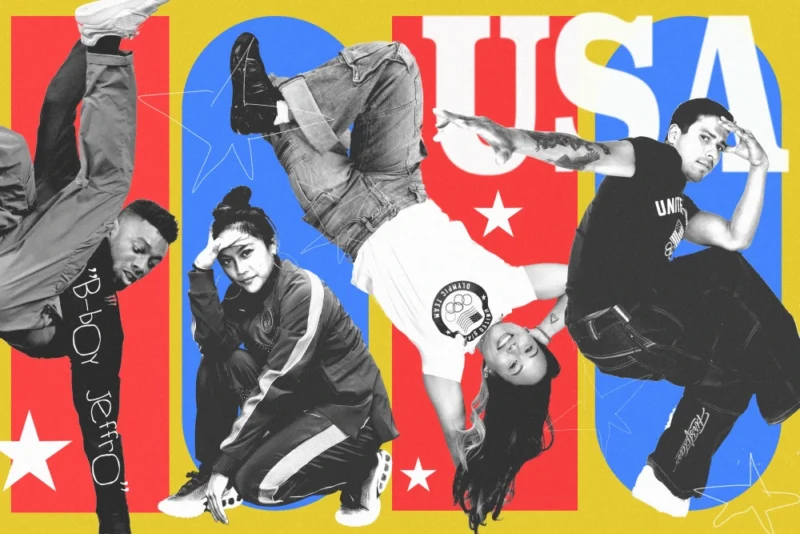Breaking at the Olympics is a testament to hip-hop’s influence around the world
Share
Explore Our Galleries
Breaking News!
Today's news and culture by Black and other reporters in the Black and mainstream media.
Ways to Support ABHM?
By Char Adams, NBC

Logan Edra grew up learning about the four elements of hip-hop: rapping, graffiti, DJing and breakdancing. Now, she’s taking that knowledge and her love for the Bronx-born street dance style to the Paris Olympics.
“We’re part of this movement for the culture,” Edra, 21, who goes by Logistx, said in an interview.
“It’s about peace, love, unity and having fun. There’s already cultural influence, cultural impact; the only thing this adds is attention. We’re just getting more eyes on the culture.”
Breakdancing began in the 1970s within hip-hop culture, which highlighted Black American struggles and creative expression. Fifty years later, hip-hop’s influence in music, culture, art, fashion and sport has spread throughout the world, leading to international competitions and now the debut of breaking at the Olympic Games. The sport has come a long way from the energetic B-boys and B-girls practicing gravity-defying moves on slabs of cardboard in underserved cities.
When breakdancers Edra, Jeffrey “B-boy Jeffro” Louis, Victor “B-boy Victor” Montalvo and Sunny “B-girl Sunny” Choi take their talents to the Olympics for the first time as Team USA this summer, it will highlight the influence of hip-hop and its impact on communities far and wide.
“Hip-hop drives culture in general. The music has been the thing you see the most, but the Olympics really shows how important this dance form is. It’s incredible to see the global reach of hip-hop, especially through dance,” said Lavall “B-boy Brisk” Chichester, a Brooklyn-born breaker who is chief marketing officer of B-Boy & B-Girl Dojo, an online breakdancing school and resource site.
Learn about the history and artistry of rap.









Comments Are Welcome
Note: We moderate submissions in order to create a space for meaningful dialogue, a space where museum visitors – adults and youth –– can exchange informed, thoughtful, and relevant comments that add value to our exhibits.
Racial slurs, personal attacks, obscenity, profanity, and SHOUTING do not meet the above standard. Such comments are posted in the exhibit Hateful Speech. Commercial promotions, impersonations, and incoherent comments likewise fail to meet our goals, so will not be posted. Submissions longer than 120 words will be shortened.
See our full Comments Policy here.